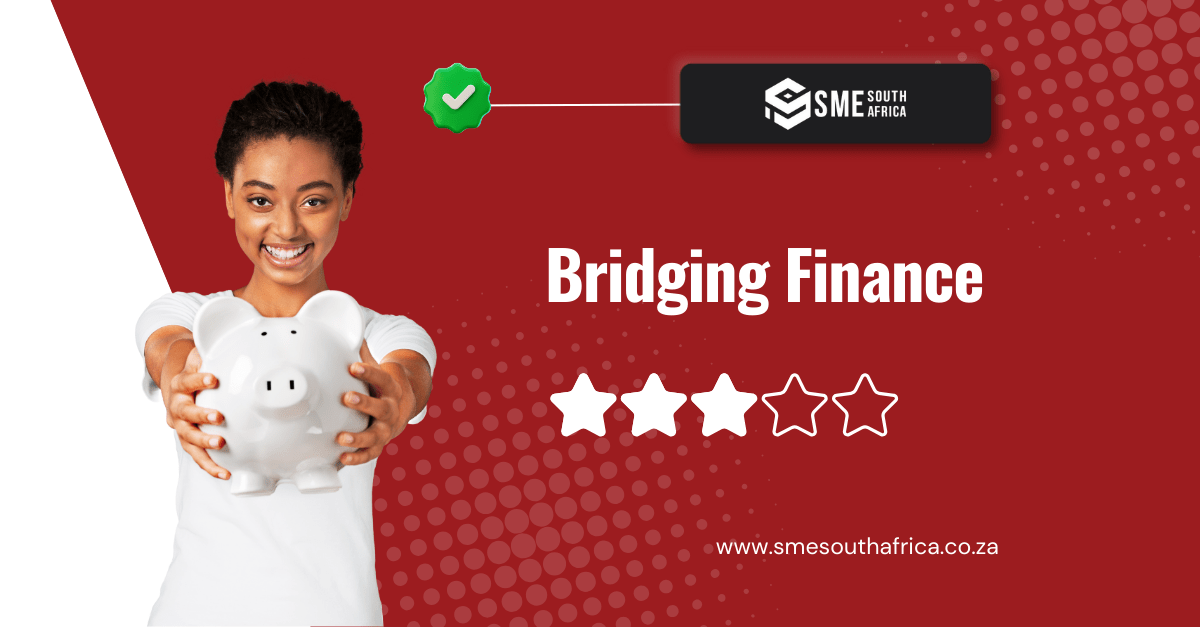Kicking off this three-part guide into ESD with Hasnayn Ebrahim, founder and CEO of strategi exe , he takes us through all the ins and outs of ESD.
Ebrahim is a Strategy, Innovation and SMME development specialist, with a comprehensive understanding of the challenges faced within the South African context by SMEs, corporates and the public sector.
What Is ESD?
The basis for Enterprise and Supplier Development (ESD) Programmes at Large Corporates is the B-BBEE Act (as Amended) and the Codes of Good Practice.
The B-BBEE scorecard consists of five Elements namely: Ownership, Management Control, Skills Development, Preferential Procurement and Socio-economic Development. Ownership, Skills Development and Preferential Procurement form the Priority Elements. All Large Corporations (Those with a turnover greater than R 50 Million) must measure themselves against these Elements for a B-BBEE rating and thus comply with relevant Legislation.
Priority Elements are those within the Codes whereby a sub-minimum is applied. That means if the corporate entity does not achieve 40% of the sub-minimum score, then they are penalised by 1 B-BBEE level. Therefore, there is a focus on ensuring Priority Elements are achieved to avoid penalisation.
As Preferential Procurement measures the extent to which a company purchases goods and supplies from B-BBEE compliant suppliers and specific designated groups (e.g. Black Youth, Women, People with Disabilities), ESD as a component of Preferential Procurement seeks to strengthen and diversify a Corporate’s Supply Chain while simultaneously stimulating economic transformation and job creation.
Your SME would need to provide a business case as to how you can add value by either diversifying, transforming or increasing competitiveness of their supply chain.
Advantages of Supplier Development Programmes for SMEs
For a Business to succeed it needs three basic ingredients to be present, that is:
- People: The right skills, competencies and commitment to make it all happen.
- Capital: Funds that are required for both Operations and Growth.
- Product(s): Goods or services that are required by the market that are competitively priced with suitable quality.
Without any one of the three, building a business is impossible. ESD Programmes are therefore designed to facilitate access to and improvement of these three basic ingredients. They do this through:
- Mentorship, Specialist Support and Networking Opportunities that seek to build the capacity of the SME to deliver;
- Access to capital that allows for further investment into the SME; and
- Procurement of Goods or Services by the organisation from participating SMEs that provide sustainable revenue streams.
The reality is, that in most instances, SMEs cannot adequately compete with larger incumbents due to the limitations in any one of these three areas. Competitors often have multiple teams with staff focusing on operations, finance, sales and marketing, legal and so forth, whereas the SME owner generally does all of this himself.
Furthermore, access to capital is problematic and meaningfully participating in corporate supply chains is almost non-existent where there is no brand presence. Being a part of the right Enterprise and Supplier Development (ESD) Programme thus has the potential to be life-changing for an SME.
What Corporates Look for In an SME to Partner With
Each programme is different and has its unique requirements especially due to the nature of Enterprise Development vs Supplier Development. However, some expectations are common across most programmes. These include your B-BBEE rating, the aptitude of the owners, a well-defined business plan, proven financial history, and overall positive performance.
For Supplier Development programmes, the corporation is looking to bolster its Supply Chain. Your SME would need to provide a business case as to how you can add value by either diversifying, transforming or increasing the competitiveness of their supply chain.
When it comes to Enterprise Development programmes, the SME requirements are generally less stringent. SMEs are typically early-stage or seed-funded and are not necessarily ready to undertake the responsibility of delivering on a large scale.
When choosing an ESD programme, be cognisant of their procurement needs and align yourself with those organisations who are most likely to procure from you
How to Choose a Corporate to Work With
From an Enterprise perspective, you would want to seek out programmes that procure goods or services that you sell. That is, if you are a Milk Farmer, you may want to seek out the likes of Nestle or a food producer. Similarly, if you are in the welding business, the big manufacturers such as ArcelorMittal are obvious choices.
The reality is, that without product sales, your company is dead in the water. So when choosing an ESD programme, be cognisant of their procurement needs and align yourself with those Corporates who are most likely to procure from you.
Alternatively, where your product or service is generic, for example, ICT, seek out Programmes that fulfil your particular business need. So as a start-up, you may want an incubation programme, or if you are pursuing an aggressive growth strategy, access to Capital is key. Therefore, depending on your particular needs and your strategic choices, choosing the right Corporate Partner is key.
Where to Find Various Programmes
Almost every large corporation is taking its Enterprise and Supplier Development Program seriously and has significant funds set aside to do so.
The fact is, there are so many different types of programmes in South Africa, which results in no “typical” way to find out about available programs.
Corporations need people to enter into their programmes because their performance is tied to it. For example, AB InBev has been quite prominent on Social Media platforms and online marketing on their particular programme. So people generally would Google it, read about success stories, or even share something via Social Media. One size does not fit all, but here’s a bit of advice for the budding entrepreneur looking to weigh his or her options.
First, take a moment to assess your own business. What value can your organisation bring to the supply chain of a corporation? The first prize is entering a Supplier Development Program at a Corporate. Look for the big corporate players in your space and don’t hesitate to inquire about their programs and initiatives. For example, if you want to start your own insurance brokerage, Momentum Insurance has a fantastic program for small, black-owned brokerages.
I’ve even found that intrapreneurs who dream of leaving the corporate world and jumping into their passion project but need some guidance can be supported too. For example, BMW has a development program for ex-employees who have set up black-owned businesses.
“The way you position yourself and your organization from emails, to meetings, and service delivery – all are representative of your quality and value proposition”
How Should SMEs Approach a Corporate?
SMEs need to grasp how to approach the corporate. My best advice to is work on crafting an amazing email that when positioned in the right inbox, impresses the ESD Manager and compels them to reach out to you.
Once you have selected the company you would want to approach, LinkedIn is a great tool for networking and directly contacting representatives of Corporate Programmes. Remember, the way you position yourself and your organisation from e-mails to meetings, and service delivery – all are representative of your quality and value proposition.
Disadvantages for SMEs
The main cause for concern is the discrepancy in expectation in terms of what the Enterprise and Supplier are getting versus what they think they should be getting. Ultimately, if one wishes to meaningfully participate in a corporation’s Supply Chain, the requisite competitiveness (both cost and quality) needs to be present. This can preclude an Enterprise from ever becoming a Supplier*.
In certain instances, Capital may be provided in the form of equity, which would give the funder a direct say in the running of the business, perhaps through a place on the Board. This can be a serious positive for various reasons, not least due to the access to skilled resources and ‘skin in the game’, however, there may be instances whereby expectations and people styles are not in alignment which could then lead to a messy divorce.
The corporation’s aims are also important in this regard. If the aim of the corporation is simply to comply with B-BBEE legislation, then the willingness to view the process of developing Enterprises into Suppliers and so on may be less forthcoming which would have consequences on the SME.
All in, it must be noted that corporations do this to ensure B-BBEE compliance, therefore due to the compliance nature of these Programmes, the benefits for beneficiaries generally tend to far outweigh the disadvantages.
Note:
*Supplier Development is measured against the Corporate’s current supplier database while Enterprise Development is measured against those not on the supplier database, such as new entrants and start-ups.
Depending on the Scorecard used, there is a greater emphasis on Supplier Development than Enterprise Development.















